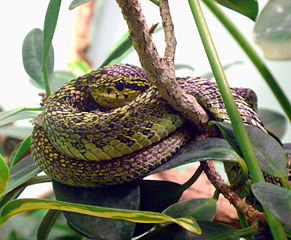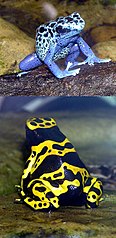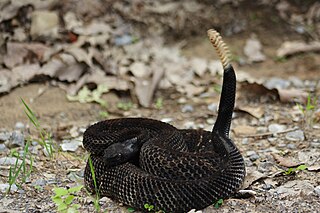Guifarro’s Palm Pit Viper (Bothriechis guifarroi), recently described as a new venomous reptile species in the journal Zookeys, may already be in danger of extinction. In an attempt to draw attention to its plight, the newfound snake has been named after Mario Guifarro, a conservationist murdered for his work within its habitat. Three other arboreal pit vipers have been uncovered in recent years (please see below)…each also faces an uncertain future.
I’ve had the good fortune of working with several Bothriechis species at the Bronx and Staten Island Zoos. Although somewhat similar in external appearance, each inhabits a unique habitat, or niche within a habitat, and they can teach us a great deal about how snakes evolve and partition resources. Guifarro’s Palm Pit Viper is the 10th species to be included in the genus (the last to be described was B. thalassinus, in the year 2000), but I’m sure more await discovery. Read More »
 That Reptile Blog – Reptile, Amphibian and Exotic Pet Care and Information
That Reptile Blog – Reptile, Amphibian and Exotic Pet Care and Information





